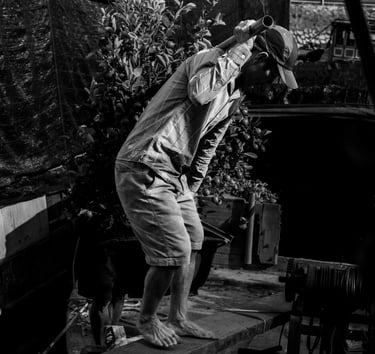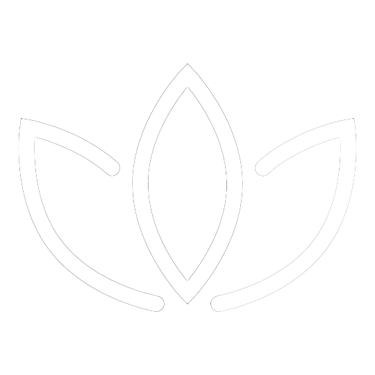Understanding Back Pain and Lower Back Health
Our lower back provides mobility for our hips for everyday actions like bending and twisting. Muscles in our lower back help us move our hips as we walk or run while keeping our spine upright. Nerves in the lower back provide sensation and power muscles to the pelvis, legs and feet. (Our spine plays a key role in sending and receiving sensory information from muscles, skin, joints and internal organs).
During the normal course of a day, the lower back gets a lot of use resulting in a lot of wear and tear. This comes in the form of strain to the tendons and muscles in the back, and could be caused by lifting weights for long periods, lifting weights improperly or by abrupt and awkward movements.
Consequently, many everyday activities can lead to back pain
Poor sitting postures can lead to back and shoulder pain and many tasks often cause us to strain the neck forward.
Pushing, pulling or lifting - especially when jerky movements are involved - can strain the lower back.
The mattress we sleep on could be a source of back pain. A mattress that is too soft will not support the spine properly, while a mattress that is too hard can cause the spine to become misaligned.
Since many of these are everyday tasks, this puts all of us at risk of back pain.
The risk factors increase with
poor physical health - espescially for those who lead a sedentary lifestyle.
obesity
occupational demands, and
age
These risks can be minimised by improving our physical condition and the proper use of our body (ie posture)
Yoga would be one of those practices that’s ideally suited, as it teaches us to synchronise our breath with our movements and maintain good body posture.
The practice helps to stretch and strengthen muscles that support the back, spine and the ‘abs muscles’, which also helps stabilise our spine.
The ‘abs muscles’ - These are important to spinal health because they support the trunk.
The lower back muscles - These support the lower region of the spine and help move, twist, and bend the trunk.
The upper back muscles - These promote and maintain an upright and erect posture and enable various upper body movements
The neck muscles - These support and move the neck and head.


More Insights
